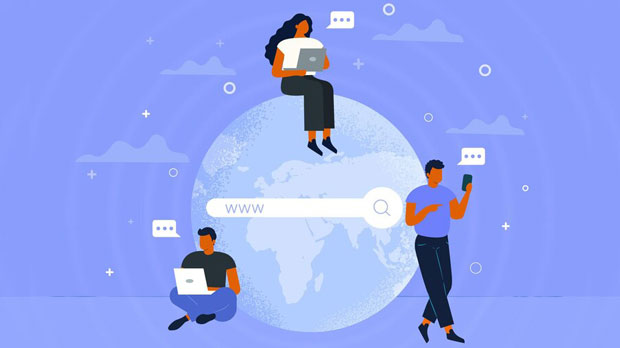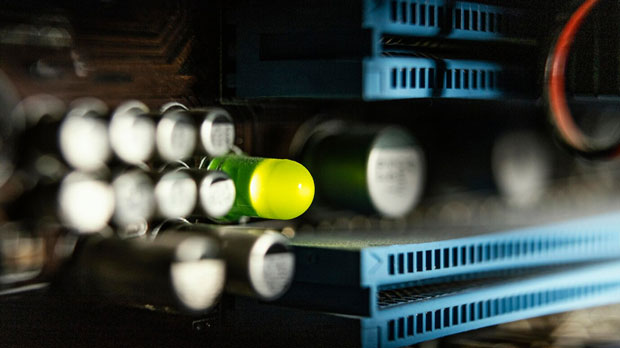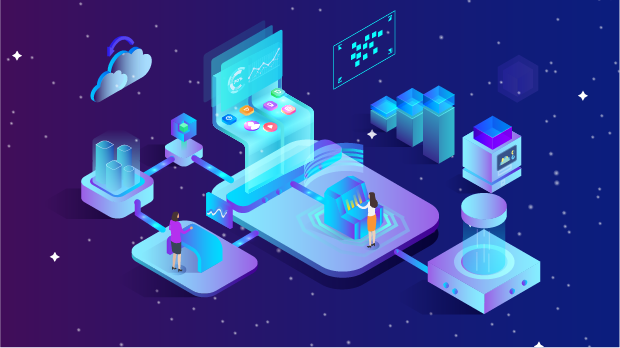In today’s world, mobile devices have become an essential part of our daily lives, and internet browsing is an integral activity on smartphones and tablets. With the increasing need for privacy and security, many users are turning to wireless proxy applications to hide their identity and protect their browsing history. Two prominent options in the market are PYPROXY and PirateBay Proxy. The question arises: Which one offers a better experience for mobile users? In this article, we will deeply analyze the compatibility of both proxies with mobile devices, focusing on their features, usability, speed, and performance. Understanding Wireless Proxies and Their PurposeBefore diving into the specifics of PyProxy and PirateBay Proxy, it’s essential to understand what wireless proxies are and why they are used. A wireless proxy acts as an intermediary between your device and the internet, ensuring that your real IP address is masked, thus providing anonymity. Wireless proxies can be particularly useful for:- Hiding online activity from prying eyes- Accessing restricted content or websites- Protecting personal data from cyber threats- Enhancing online privacy during browsingAs the demand for mobile-friendly experiences grows, proxy services need to be optimized for smooth, fast, and secure use on smartphones and tablets. Let’s now explore the two proxies in detail.PyProxy: A Mobile-Friendly Solution?PyProxy is a Python-based proxy solution designed to cater to the needs of users seeking privacy and security while browsing the internet. Its design philosophy emphasizes simplicity and ease of use. However, when it comes to mobile compatibility, it presents a unique set of features.Mobile Interface CompatibilityPyProxy offers a responsive web interface, meaning it can adjust to different screen sizes, including smartphones and tablets. However, the quality of the mobile experience depends largely on the implementation of the Python-based script and whether it is integrated into a responsive mobile site. The main challenge lies in the mobile layout and UI elements, which can sometimes feel cluttered or difficult to navigate on smaller screens.Performance on Mobile DevicesWhen it comes to performance, PyProxy has strengths and weaknesses. On the positive side, it provides fast connections and low latency, which are crucial for mobile users who are often on the go. The proxy’s ability to manage multiple requests simultaneously ensures that users can stream content, browse, or use other internet services without noticeable delays.However, PyProxy does suffer from occasional connection drops or slow performance, especially when it is accessed through mobile data networks with weaker signals. This can make the experience less seamless for users who rely on their mobile network for browsing.Security and Privacy on MobileFor mobile users, security is a top priority. PyProxy ensures that traffic is encrypted and anonymized, offering a strong layer of security. It works well on mobile devices, safeguarding user data from potential cyber threats. However, its vulnerability to specific mobile-based security exploits or limitations in mobile browsers may slightly reduce its security level in certain situations.PirateBay Proxy: A Mobile Experience Worth Exploring?PirateBay Proxy, although often associated with torrenting, is another popular proxy choice for users seeking anonymity while accessing the internet. It has gained traction due to its ease of use and mobile-friendly features. Let’s break down its mobile compatibility.Mobile Interface CompatibilityOne of the primary advantages of PirateBay Proxy is its well-designed mobile interface. It’s optimized for smartphones and tablets, ensuring a smooth and user-friendly browsing experience. The proxy’s website automatically adjusts to different screen sizes, providing users with an intuitive interface and clear navigation options. This makes it easier for mobile users to access the service without encountering any layout issues.Performance on Mobile DevicesPirateBay Proxy is known for offering good speed and stable connections. The service ensures that browsing, streaming, or downloading through mobile devices is fast and responsive. Unlike PyProxy, which may experience occasional connection drops, PirateBay Proxy tends to maintain better performance overall on mobile devices, especially when connected to mobile networks.However, like any proxy service, PirateBay Proxy may face performance issues during periods of high traffic or congestion. This can result in slower connection speeds or limited access to specific content, but these problems are generally rare and less frequent compared to PyProxy.Security and Privacy on MobileSecurity and privacy concerns are also addressed effectively by PirateBay Proxy. It provides an encrypted connection between the user’s device and the internet, preventing third parties from accessing sensitive data. While PirateBay Proxy doesn’t focus heavily on advanced security features, it is sufficient for everyday browsing and casual use. However, for users who prioritize higher levels of privacy, the proxy may not offer as much protection as more robust alternatives.Comparing Mobile Compatibility: Key FactorsNow that we’ve explored both proxies in detail, let’s compare them across key mobile compatibility factors: user interface, performance, and security.User Interface and Mobile DesignPirateBay Proxy has the edge when it comes to user interface and mobile design. Its website is specifically optimized for mobile use, providing a seamless experience with clear navigation and responsiveness. In contrast, PyProxy’s interface can be cumbersome on smaller screens, as it is not as tailored for mobile use. While it may still work on mobile devices, the layout can sometimes detract from the overall user experience.Performance on Mobile DevicesIn terms of performance, PirateBay Proxy is the more reliable choice for mobile devices. Its connections are generally faster and more stable, with fewer issues related to latency or connection drops. On the other hand, PyProxy can struggle with performance during poor network conditions, making it less suitable for users who frequently rely on mobile networks.Security and PrivacyBoth proxies offer adequate security features, including encryption and anonymized browsing. However, PirateBay Proxy may have slightly fewer security measures compared to PyProxy. For users looking for a more secure and privacy-focused experience, PyProxy might be the better option, as it offers strong encryption and security features. However, for everyday browsing, both proxies provide sufficient protection.Conclusion: Which Proxy is Better for Mobile Devices?When comparing PyProxy and PirateBay Proxy for mobile compatibility, it becomes clear that PirateBay Proxy offers a more optimized, user-friendly experience for mobile users. Its responsive design, fast performance, and stable connections make it the better choice for most mobile device users. PyProxy, while a great option for privacy and security, struggles a bit with mobile performance and user interface design. However, it might still appeal to users who prioritize security over ease of use.In conclusion, if mobile compatibility is your primary concern, PirateBay Proxy is the better option, offering a smoother, faster, and more intuitive experience. However, if privacy and security are your main priorities, and you don’t mind dealing with occasional performance hiccups, PyProxy could still be a solid choice.
Oct 29, 2025



































































